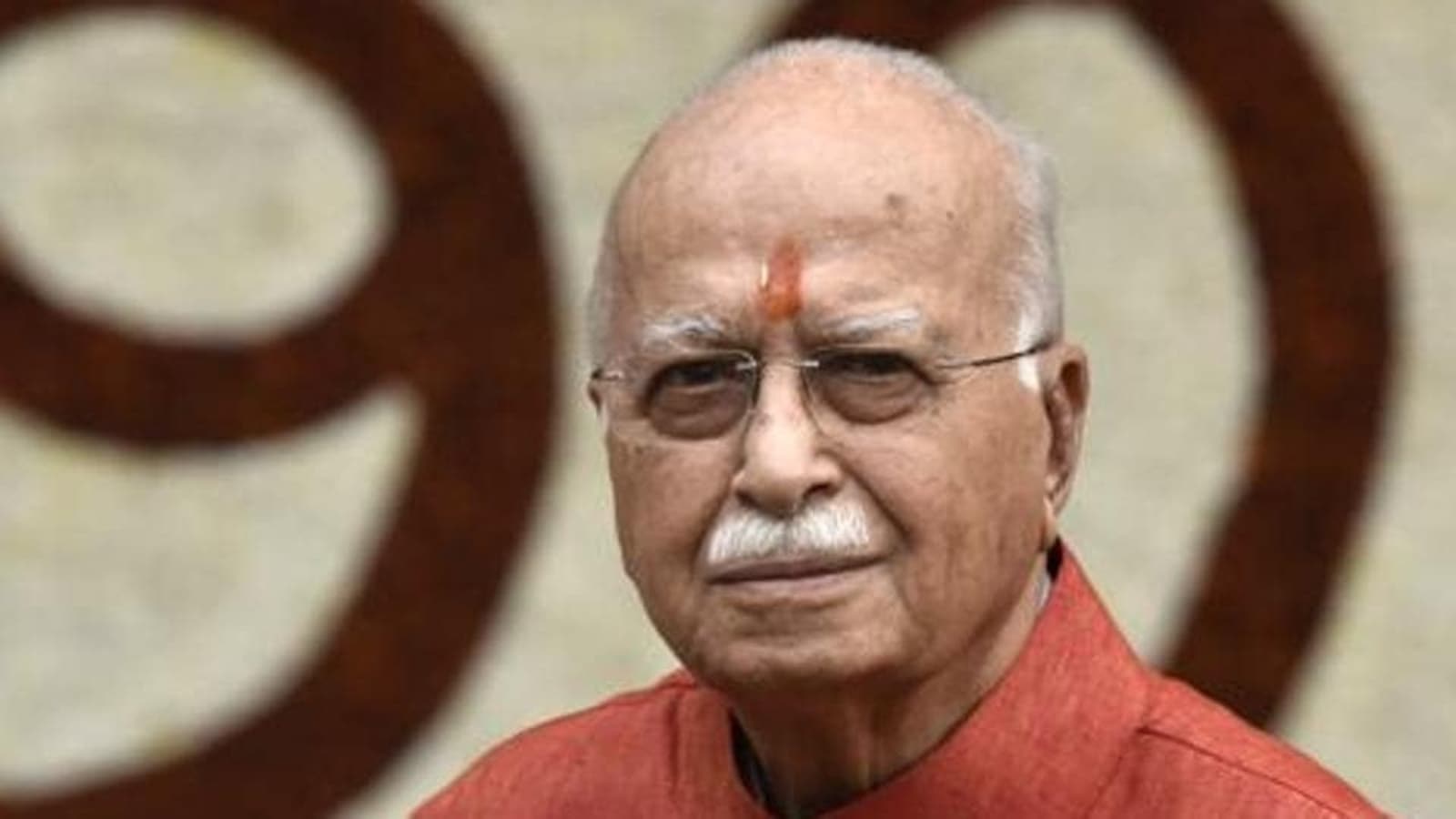Bangkok It smells like fresh paint in the Indian capital. Days before a summit of the largest industrialized and developing countries in New Delhi, youths painted a dilapidated road near the government district ruby red.
This is not the only impromptu act of beautification ahead of the arrival of the heads of state and government of the G20 countries. Authorities installed flower pots along main roads to hide potholes in the sidewalks. In front of the conference venue, the cement used to repair the sidewalk was still wet.
Indian Prime Minister Narendra Modi will want to show not only New Delhi's best side at this weekend's summit, but also himself: The G20 meeting takes place about seven months before the next parliamentary elections, in which Modi is seeking a third term. he was an unofficial start to the election campaign.
The 72-year-old man presents himself as a strong statesman who helped India gain global influence. Hosting global political celebrities also provides an opportunity for the country to shrug off international criticism of its relations with minority groups.
His advertising attack on the capital shows how strongly Modi is linked to India's presidency of the G20. G20 posters with his image hang on construction site fences, lampposts and large billboards – along with more or less obvious slogans such as “Making the world healthier”, “Advancing technological cooperation” and “Solving humanity's biggest challenges man”.
Modi used his party's symbol on the G20 poster
Modi has also been displaying the official G20 logo across the country for months. The main element is the lotus flower.
>> Read here: Why India can now only compromise its own success
The factory is also the official symbol of Modi's Hindu nationalist party, the BJP, which, not coincidentally, has been critical of the opposition. “Modi and the BJP never miss an opportunity to shamelessly promote each other,” said Jairam Ramesh, general secretary of the Congress party. He accused Modi of using the summit for a personality campaign and trying to divert attention from the real problems facing Indian society.
The Indian economy currently has the highest growth rate among all G20 countries. However, the sharp increase in food prices is causing problems for Indian society. Additionally, despite economic recovery, the country has not created enough jobs to accommodate rapid population growth.
Modi still wants to make his country a model for G20 participants: “India's rapid and sustained progress has attracted the world's attention,” he said this weekend in a rare interview he gives. Indian news agency PTI. Instead of being seen as a country of more than a billion people experiencing hunger, India is now seen as a country of one billion people who have developed minds, he added. “Opinion about India has changed.”
The Indian government relies on national pride
Modi's narrative that India gained international reputation was because he was accepted by many voters. During the leadership of the G20, the government also attempted to inflame national pride through various symbolic actions.
He inserted Sanskrit phrases into official documents and demonstratively held G20 preparatory meetings in the state of Arunachal Pradesh, which is also claimed by China. In front of the site, authorities erected a 19-ton statue representing a Hindu deity.
Official dinner invitations were sent to delegates for the first time on Tuesday with the sender “President Bharat”. Bharat is an alternative name for India that Hindu nationalists want to be the country's sole official name.
>> Read here: Why India should not become the new China
At the same time, India presented itself to G20 participants at an exhibition as the “mother of democracy”. International observers have long criticized the increasingly authoritarian stance of Modi's government, which excludes Muslim minorities and puts pressure on the media, civil society organizations and members of the opposition.
The opposition criticized Modi for using the G20 summit for a personality campaign.
(Photo: AP)
However, Modi's policies have won the approval of a large section of the public and hence remain the favorite in next year's elections.
The vote, which is expected to take place between April and May, may not be as easy for Modi as the 2019 election, in which he clearly won an absolute majority with his BJP party.
This time, the opposition, an alliance of nearly 30 parties, wants to oppose him. He said he wanted to defend India's democracy. In an opinion poll released in August, the group came within a few percentage points of Modi's BJP and its allies.
However, with photos from the G20 summit, Modi can expect new momentum this weekend. His party friends have been calculating this for months.
“Why can't the G20 Summit be used for domestic politics?” Modi's Home Minister Amit Shah asked rhetorically earlier this year. “If this happens, then Modi should also get credit,” he demanded.
Again: Xi Jinping's cancellation of the G20 is an insult to India, but also an opportunity

“Award-winning travel lover. Coffee specialist. Zombie guru. Twitter fan. Friendly social media nerd. Music fanatic.”







